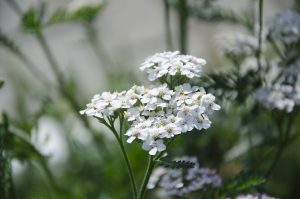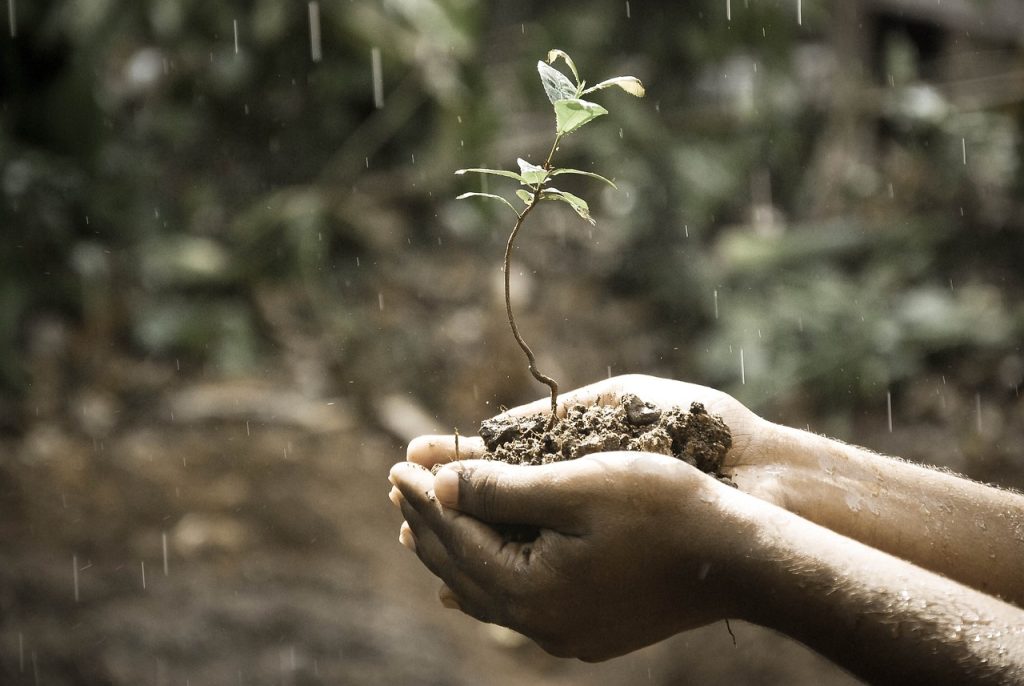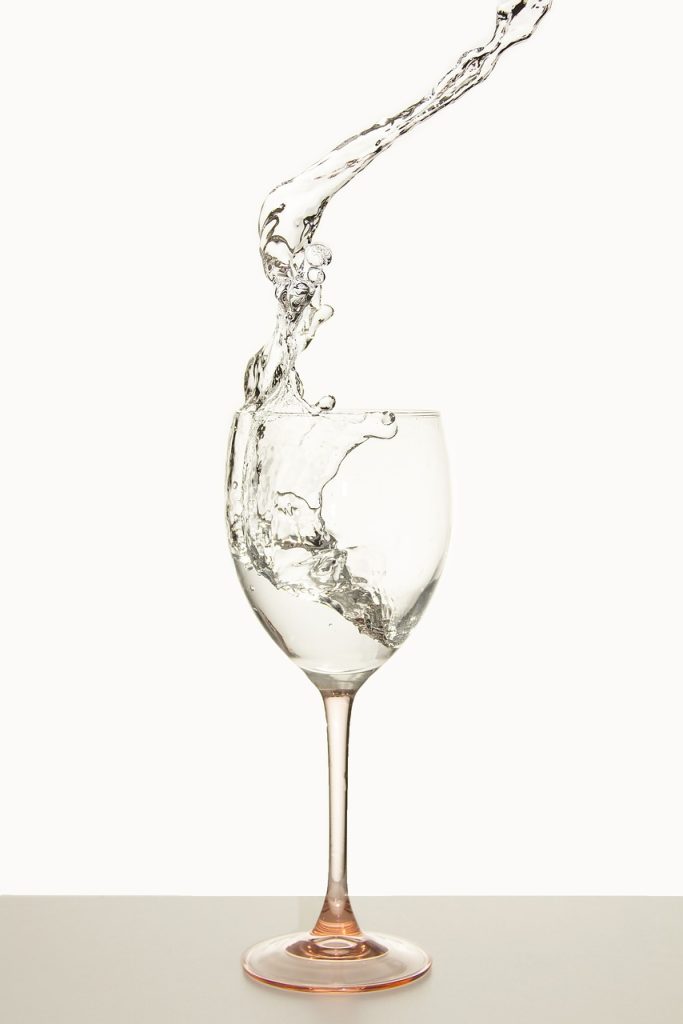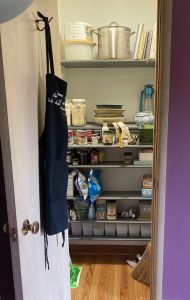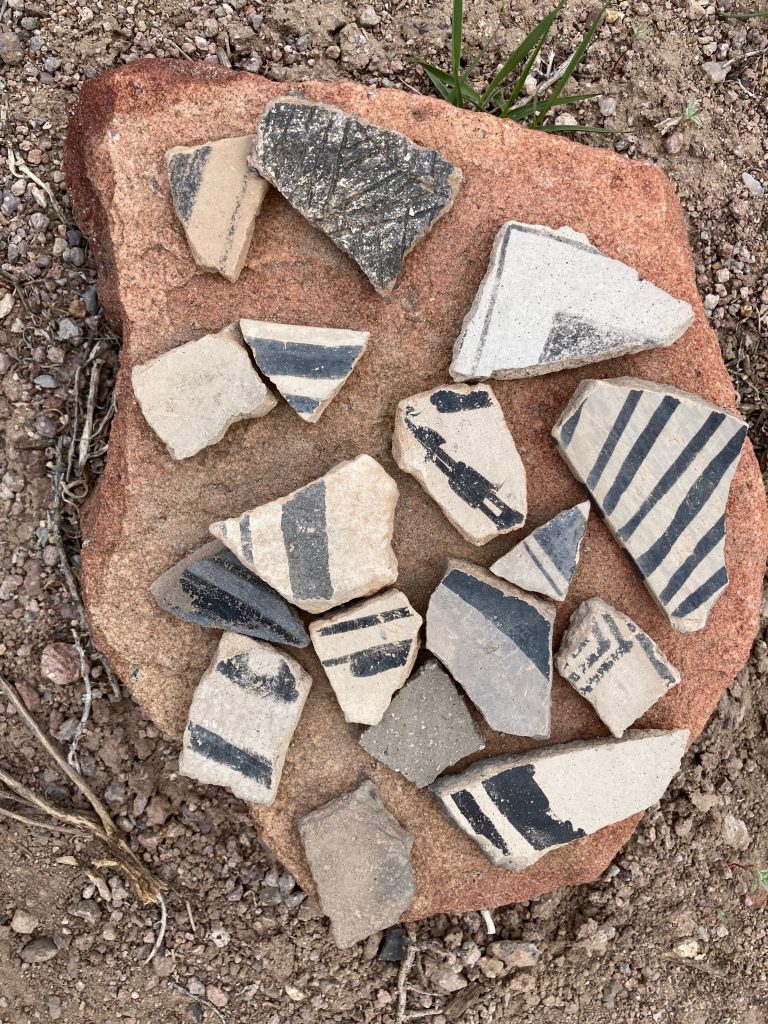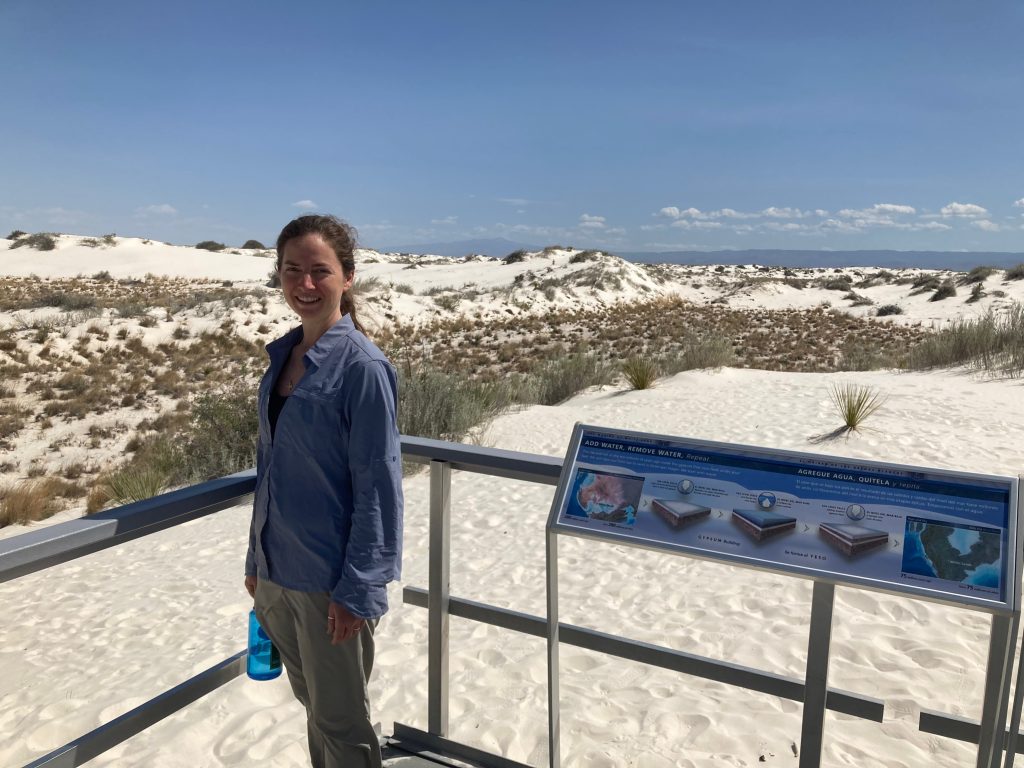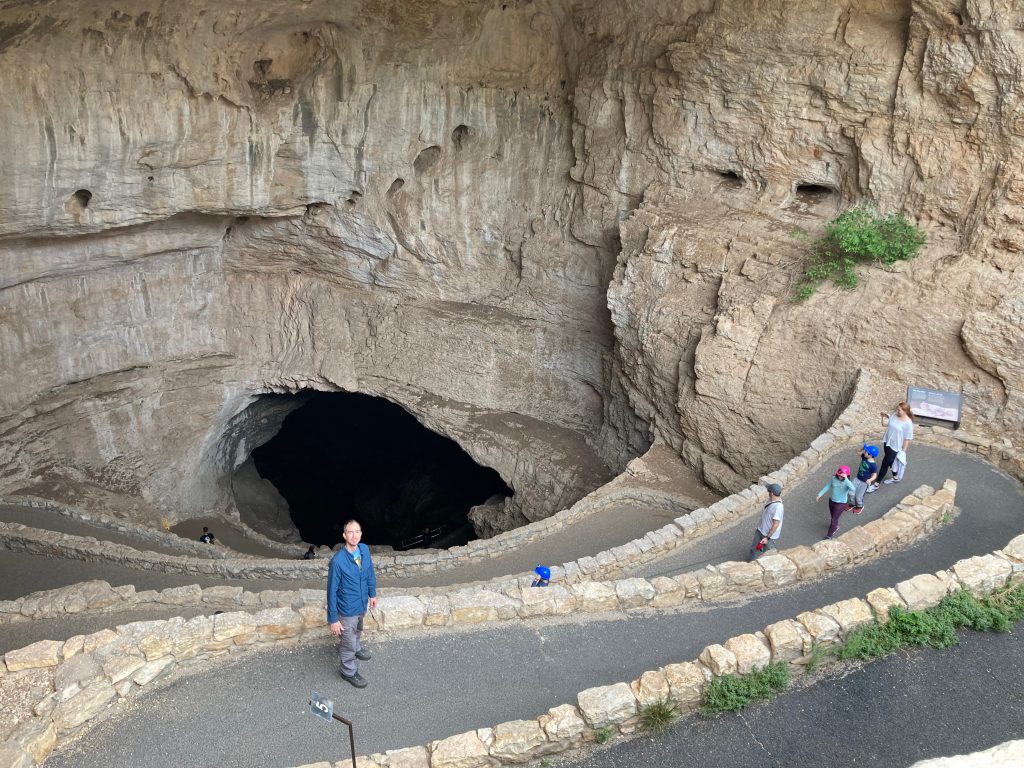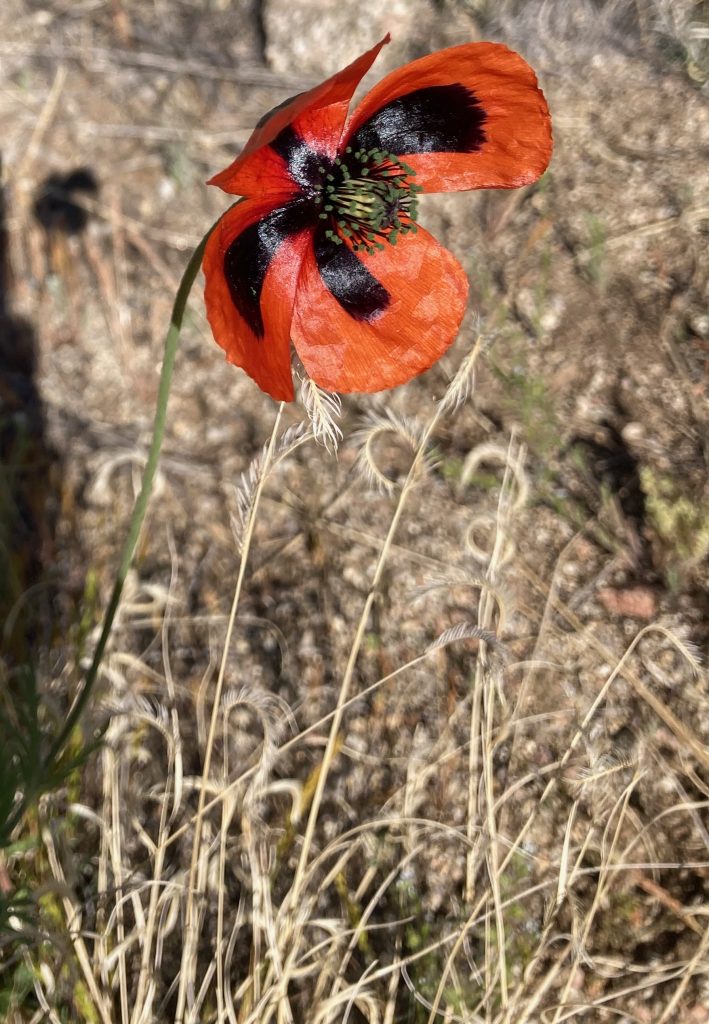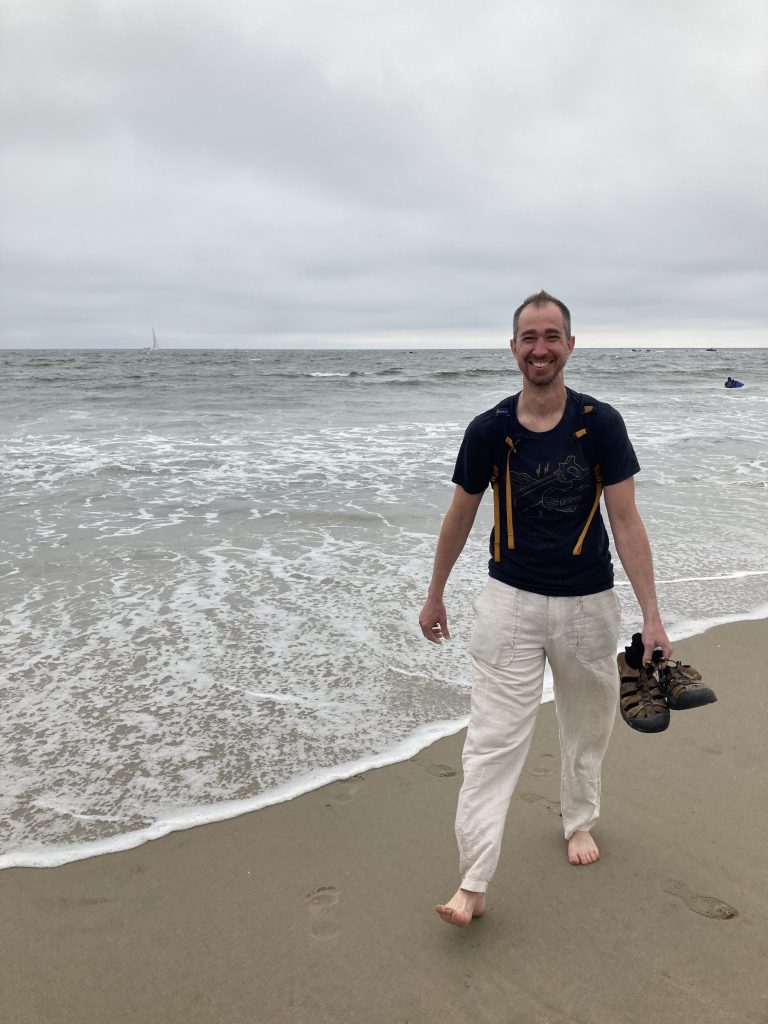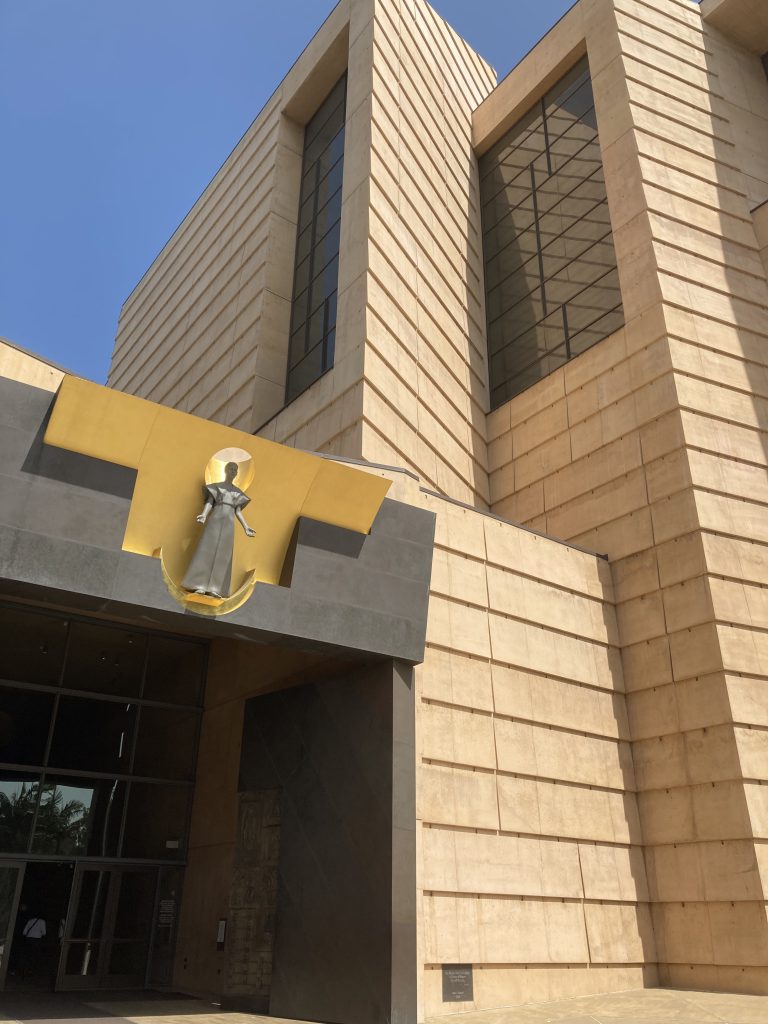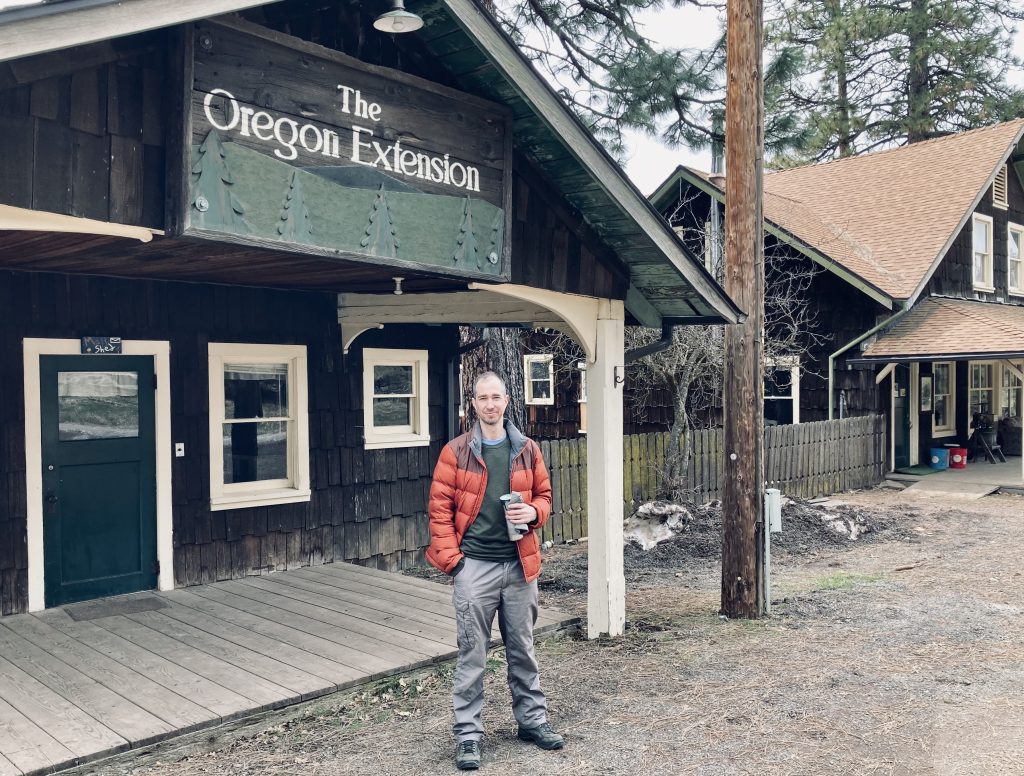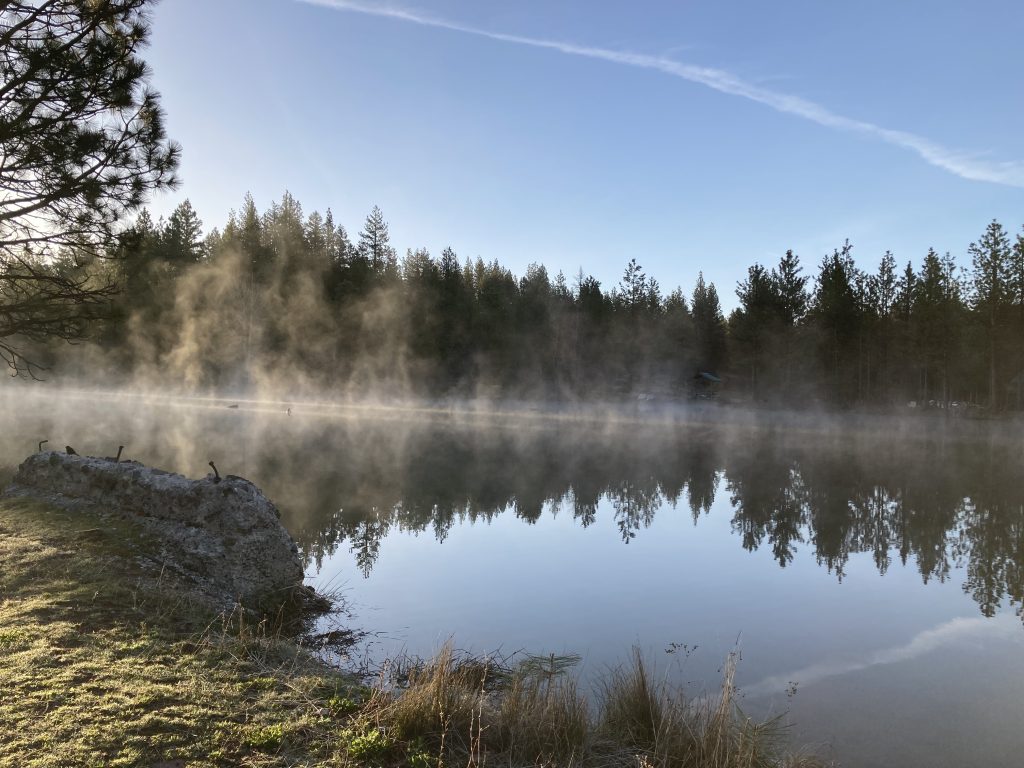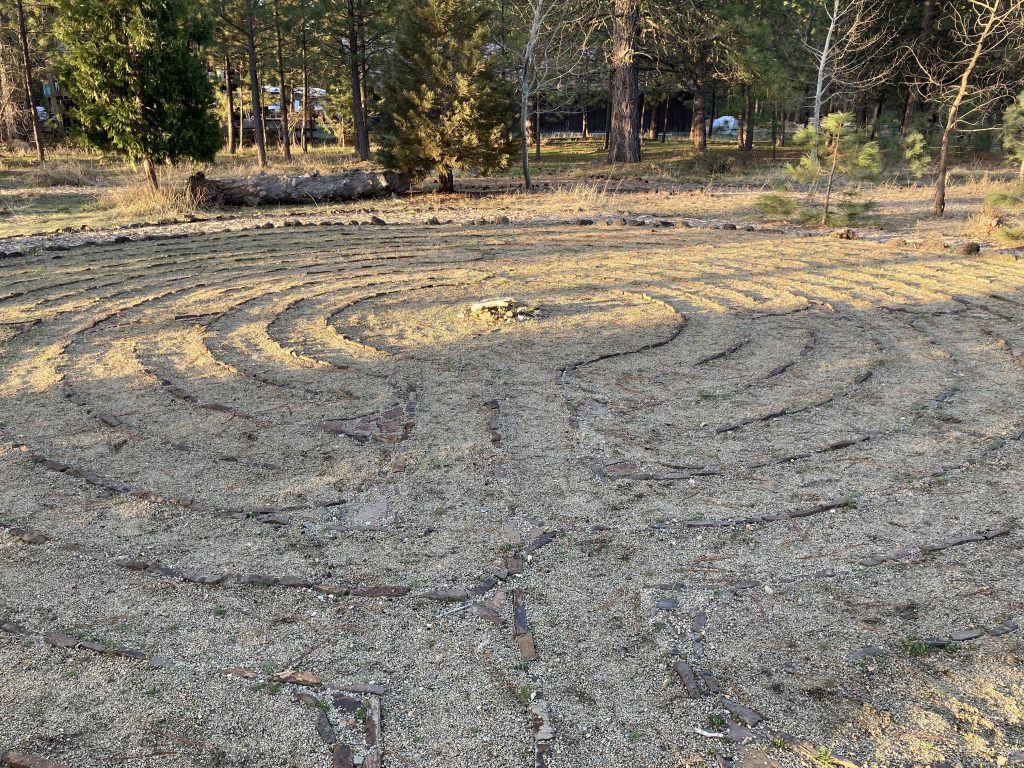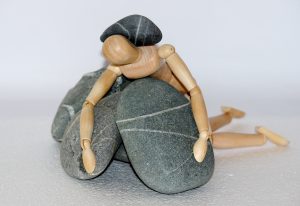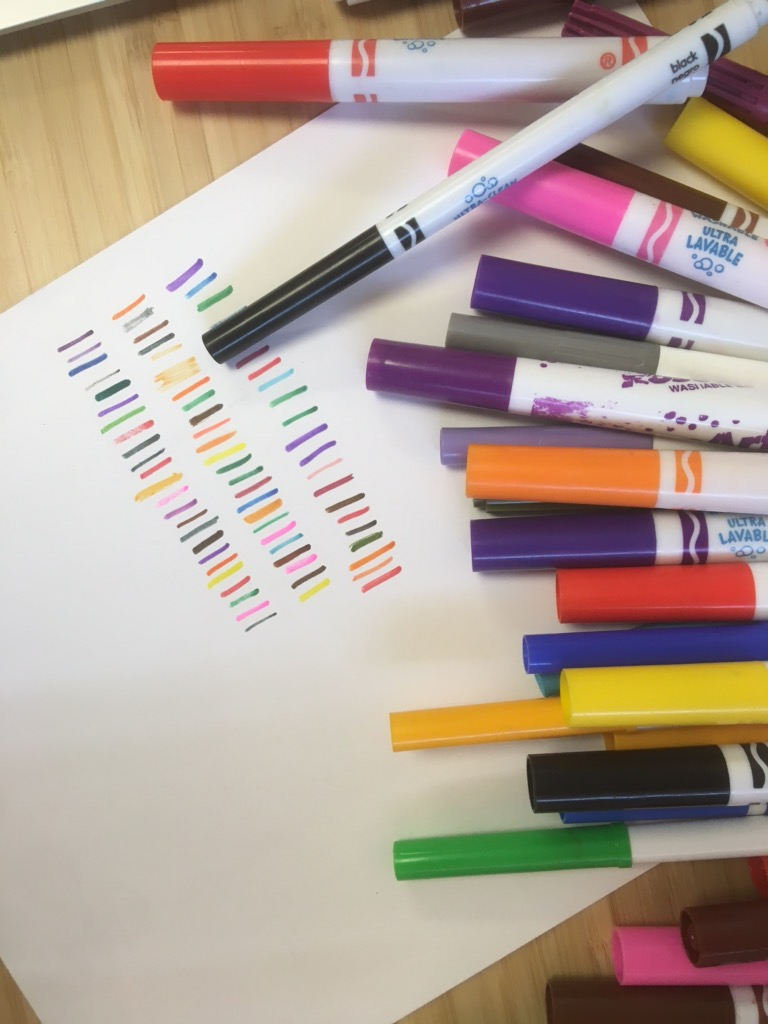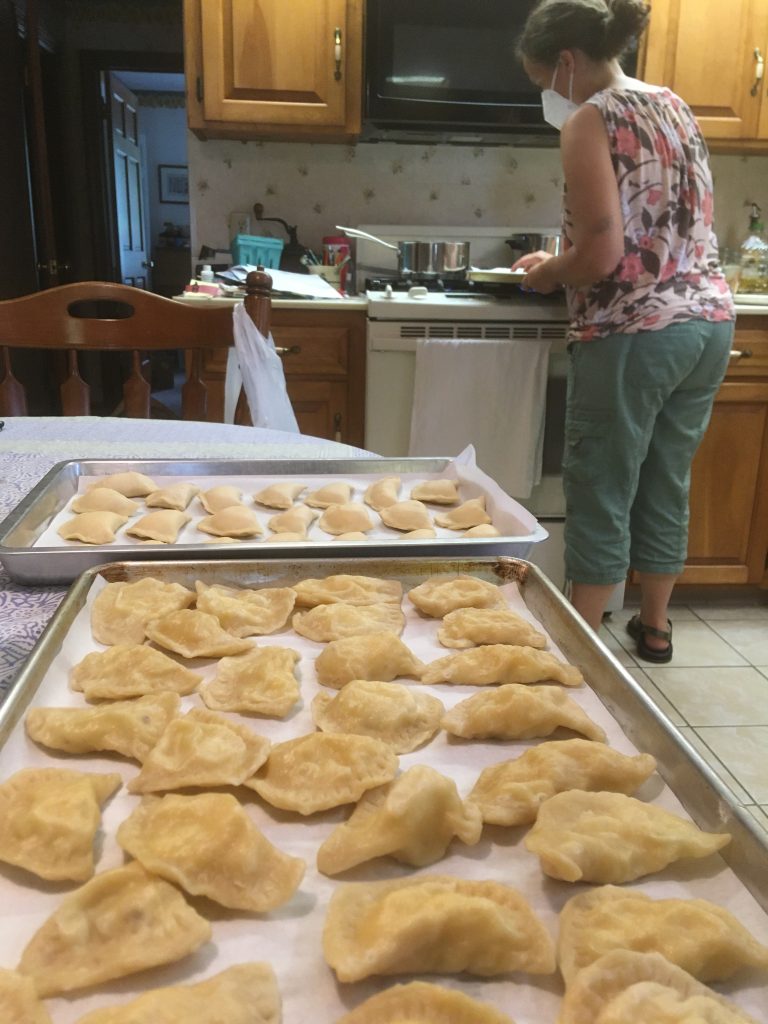A story-sermon shared with Madison Mennonite as we entered into this month’s focus on our core value, “Harmony in Diversity.” With special gratitude and credit to North American Indigenous groups and cosmologies, particularly the Lakota, who have influenced my thinking on names for God (“Great Mysterious”) and the naming of other-than-human relations.
In the early days, the one you call “God” walked on the earth. God didn’t have a proper name then, nor, for that matter did my companion or I. Later, we would call God “I am who I am,” the Great Mysterious. But in those first days, we did not need names for we knew one another; we shared breath. We were not one, but we were not separate.
In the early days, the one you call God walked on the earth they had created, like a gardener puttering around their flower beds… They knew every nook and cranny of creation, every volcano and every canyon. They fine-tuned the direction of the four rivers that flowed out of Eden, aligning them just so the waters ran out to meet the Great Light in the morning to the east, and then put it to sleep at night in the west. For good measure and balance, God formed two more rivers, one to the north and one to the south so that the whole earth was never far from the waters of life.
Others tell a story of God speaking down from the high heavens to create all of this, turning the chaos into order; that may be so. The way I remember it, the earth was neat and tidy and then when the creating started, a holy chaos ensued: the trees sprang up from the soil, and then beasts of every kind were shaped out of the same mud as us. The garden went from being a placid, “peaceful” place to a muddy, wild, and beautiful mess.
Two of those trees that sprang up need further mentioning, but can I talk first about the animals?
God and I — or I guess you could say, “we,” for my companion and I were still embodied together at the time — took daily walks in the garden when we were first planted there. We’d walk for a long way toward the east in the morning, along the river, then when the Great Light was partway through the sky, we’d turn around and head back west to the other end of the garden. There was always so much to talk about and to tend along the way.
One day, as the Great Light was sinking into the west, we sat down for a few moments, and God blurted out, “It’s not good for you to be alone. I will make a fitting companion for you.”
Not good…?! It hadn’t struck us that anything about creation was “not good.” Nor had we ever felt alone; the concept felt foreign; God was ever present with us. These were the days before we knew fear or insecurity…So, we were perplexed.
But, also, true to our design, we were curious.
While we we sat there, God picked up a handful of the earth, and motioned for me to bring some water from the river. I found a fig tree nearby and after popping a fruit in my mouth, took one of its large leaves, scooped up some water, and brought it before God. They moved quickly, their hands a blur of motion, then they leaned down and breathed, and it lived!
God gathered up more earth, asked for more water, and soon we were surrounded by a whole host of earth creatures — some with four legs, some with six and eight legs, others with just two legs (some of which seemed to hover in the air), and a few with no legs or arms at all. They were all breathtakingly marvelous!
Over many days, God kept creating more and more and would try variations of what they already created, until there were so many that I could hardly tell some of them apart.
God rested after a long day of creating and turned to me and grinned. “There must certainly be one among these creations who will be a fitting companion. It will be your task to name them so that you will be able to tell them apart,” God said.
“Name them?” I asked, confused. “Are they not the same as me? They are made from the same earth, the same waters, and made by the same artist. Why should they have any other name but ‘earth creature’?”
“You speak wisely,” God said. “Indeed, these are your siblings. You have the same creator. You are made of the same essence and materials. Yet, each of these is a little different from you. When I set out to make you a companion, my intent was not to create an earth creature who mimicked or mirrored you completely. I sought to make a fitting companion who will balance you and whom you will balance in return.
And now, you must test these creations to see if they meet that requirement, and in naming them, you will be able to remember which ones may be suitable.”
“How shall I test them?” I asked.
God paused for a moment, thinking.
“Spend time with each of them. Get to know them. Discover their gifts, their motivations. That will help you discover their name. Then when you know their names, sing with them.”
I listened intently, trying to follow God’s logic.
“So,” I started, hesitatingly, “I shall bring each one apart, discover their name, and then sing with them.”
“Exactly,” God replied. “When you sing with them, you will listen: do your songs match in any way? If so, is it because they are singing the same notes as you? Who simply follows your melody, and who adds depth to your song? In the richness of tones, you will find your companion.”
I did as God suggested. For many days, the earth was full of singing. There were some who clearly were not the kind of companions God had imagined for me: the one I called Donkey was an early choice to eliminate, along with Elephant, Crow, and Great White Shark (…that one couldn’t hold a tune at all but just sort of eyeballed me).
There were others who initially had potential—Meadowlark, Hyena, and Cricket—but our harmonies were short-lived. Others tried to convince me that our song was complementary—the one I called House Cat and another I named Husky Dog, and for their efforts and charisma, they were ensured a spot near my nightly resting place.
But when I had gone through auditioning all my fellow earth creatures, none of them quite matched God’s vision for a companion for me—for us.
I was pleasantly tired after such rigorous work and fell into a deep sleep. When I awoke, I had a strange sense that part of me was missing. I looked across the resting place, past House Cat and Husky Dog, and saw a new earth creature that looked strangely familiar but entirely foreign. God sat at the side and with a sparkle in their eyes, whispered to us, “Sing!”
We did; and though House Cat and Husky Dog gave us the stink eye from their cozy spots, we sang until we ran out of breath and could sing no more. We passed the test; we did not sing the same note, but our notes blended together. Their voice balanced mine, and mine, theirs.
In the stories you tell, my companion speaks first, which is true enough. They said, “This time, this is the one! Bone of my bone and flesh of my flesh! Now she will be woman and I will be man.” I could have said the same thing, for they were bone of my bone, too. And flesh of my flesh. …Only, while they were busy verbally processing the revelation, I was composing the next song to sing together.
—
I said I would tell you more about the trees, didn’t I?
There were more trees than I could count in the garden, many of which were heavy with fruit, day after day after day.
The favorite tree for us to gather under — God, my companion and I, and all our earth creature friends — was the tree of life. It was where we talked, sang, rested, and danced, and where we slept most nights. We held a council most evenings, beginning as the Great Light was embraced by the western river and as the Centering Light rose into the darkened sky.
In the very early days, when it was just God and the one-before-we-were-two, God brought us to this tree of life and taught us about it. “You may eat the fruit of this tree; it is among the sweetest in the garden. Remember, as you eat from it, that your lives are interconnected. You are made of the same earth as this tree. Its roots, which you nourish with compost, support the ground you rely on. Its branches, which you prune to keep it healthy, shield you in the rains. It breathes in what you breathe out, and breathes out what you breathe in. Study this tree; it is your teacher in the ways of harmony when I am not here.”
Then God brought us to another great, towering tree. This tree God called “The Tree of the Knowledge of Good and Evil.” God said, “This tree is not one to eat from. To eat from this tree is to choose division over unity, dissonance over harmony. To eat from this tree is to see the world in black and white, in zeros and ones. To eat its fruit would be to teach you another way to live, but it is not the way the Garden. There is so much to enjoy in the Garden that there is no need to eat from this one. Even here, alongside abundance is a limit. I have planted this tree here for the sake of balance, and in its shade, you can still learn much.”
—
Our days in the Garden stretch on and on. My companion and I are creating new songs, astonished by the mystery of harmony. Unity is intrinsic to our origin story, us and all the other earth creatures and trees and wild bushes. We are one. We are all made of the same earth, mixed with the waters and breath of life. Yet somehow, in the mystery of creation, the one you call God chose diversity, not uniformity, to grow out of that unity and interconnectedness.
There will be stories that come after this one, I am told. Of broken harmonies and dissonance, of rifts in the interdependent web of creation. Stories of domination and destruction.
But when I look at you–when I look at us–I see a wild, beautiful, and muddy mess; this chaotic goodness is where life grows. Just like a garden.
May the one we call God, “I am who I am,” the Great Mysterious, give us the courage, the wisdom, and the notes to sing a new world into being.
Image by Pexels from Pixabay
